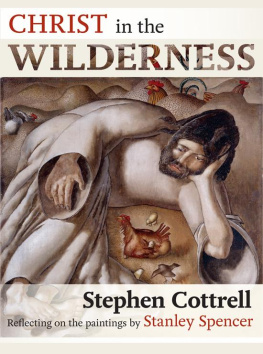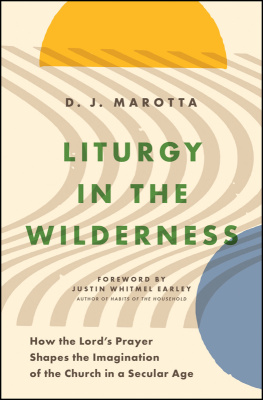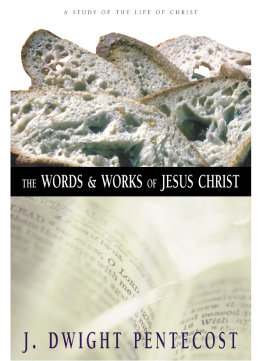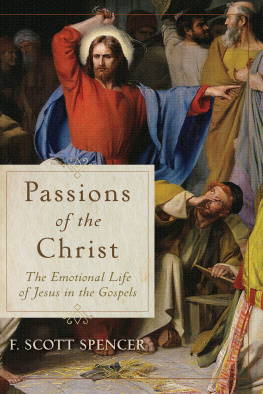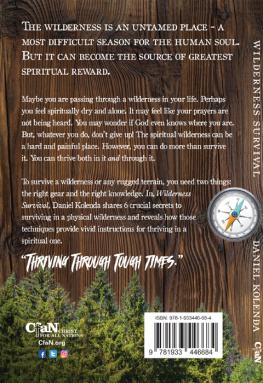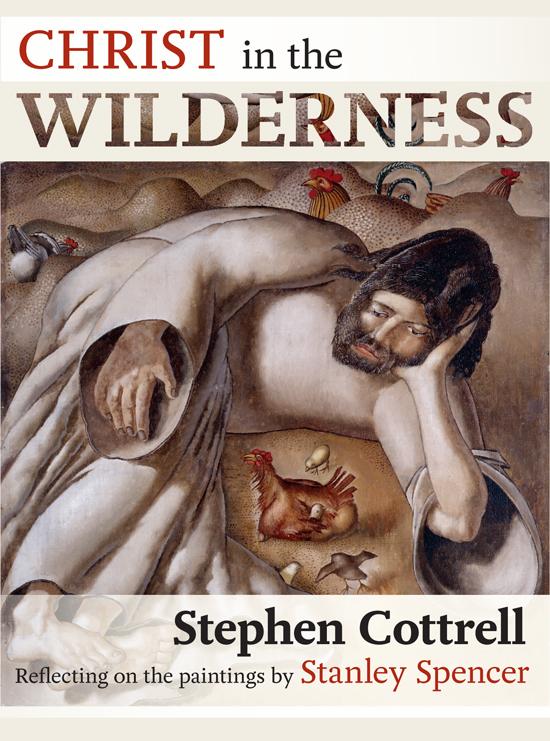

First published in Great Britain in 2012
Society for Promoting Christian Knowledge
36 Causton Street
London SW1P 4ST
www.spckpublishing.co.uk
Copyright Stephen Cottrell 2012
All rights reserved. No part of this book may be reproduced or transmitted in any form or by any means, electronic or mechanical, including photocopying, recording, or by any information storage and retrieval system, without permission in writing from the publisher.
SPCK does not necessarily endorse the individual views contained in its publications.
The author and publisher have made every effort to ensure that the external website and email addresses included in this book are correct and up to date at the time of going to press. The author and publisher are not responsible for the content, quality or continuing accessibility of the sites.
Unless otherwise noted, Scripture quotations are taken from the New Revised Standard Version of the Bible, Anglicized Edition, copyright 1989, 1995 by the Division of Christian Education of the National Council of the Churches of Christ in the USA. Used by permission. All rights reserved.
The extract from the Authorized Version of the Bible (The King James Bible), the rights in which are vested in the Crown, is reproduced by permission of the Crowns Patentee, Cambridge University Press.
Common Worship: Daily Prayer is copyright The Archbishops Council, 2005, and extracts are reproduced by permission.
British Library Cataloguing-in-Publication Data
A catalogue record for this book is available from the British Library
ISBN 9780281062089
eBook ISBN 9780281069538
1 3 5 7 9 10 8 6 4 2
Typeset by Caroline Waldron, Wirral, Cheshire
eBook by Graphicraft Limited, Hong Kong
For Rebecca
I like to go beachcombing, and I like to find interestingly shaped rocks. When I really get into the groove I start finding beautiful rocks everywhere, until I discover that all the rocks on the beach are beautiful. And so I try to find beauty in even the smallest moments, because beauty is something that can grow if you let it.
Douglas Coupland, interview at the back of Eleanor Rigby , Harper Perennial, 2005, p. 8
I was disturbed by feelings of everything being meaningless. But quite suddenly I became aware that everything was full of special meaning and this made everything holy.
Stanley Spencer, Sermons by Artists , Golden Cockerel Press, 1934, p. 50
Contents
Most of the reflections in this book come from my own meditations on the pictures themselves. Although a lot has been written about Stanley Spencer, not that much has been written about these particular paintings. I am, however, very grateful to Richard Harries, one-time Bishop of Oxford, for letting me see and quote the notes that he prepared on these paintings. I worked with Richard for a few years when I was Bishop of Reading and I learned of his love for Stanley Spencer and his great knowledge of Spencers paintings. I am also grateful for the support of the Stanley Spencer Gallery in Cookham. I spent a happy day looking through their archive, where I was able to unearth various bits and pieces which have helped flesh out this book, not least my discovery of the sermon Stanley Spencer himself wrote, which was published in 1934, and then of Richard Harries sermon preached on the 100th anniversary of Spencers birth. Ann Danks, the archivist in Cookham, very kindly sent me copies of the notes about the paintings that Spencer dictated to his niece, Daphne, in 1950, and the photographs of the paintings in Cookham church. She and others at the gallery, where I had the great privilege of preaching at the service to mark its 50th anniversary in 2012, have enthusiastically supported the writing of this book. Charles Miller, the Rector of Abingdon, has also written frequently with notes and encouragement.
As I say in the book, I have spoken about these paintings on numerous occasions. I therefore wish to thank the many individuals whose own observations and insights given in the course of a hundred presentations have contributed to this book, not least much loved colleagues Angela Butler, Martin Cavender, James Lawrence, Robert Warren and Alison White, who have heard me speak about them many, many times. I particularly remember clergy conferences, travelling schools, retreats and parish weekends with churches from Todmorden, Cholsey and Saffron Walden; a families camp at Hilfield Friary; a retreat at Los Olivos, near Granada in southern Spain; and lectures given in Reading and at the Sandham Memorial Chapel in Burghclere, where Amanda Findlay, the curator, offered fantastic support for this project.
Finally, I need to thank Joanna Moriarty and Lauren Zimmerman at SPCK. Joanna commissioned the book, thus giving me the opportunity to write the book I have been dreaming about for years. She was forbearing and patient as my move to become Bishop of Chelmsford rather delayed the delivery of the text. Laurens editorial comments have improved and refined the writing. But this book has been a joy to write. Looking at these paintings has helped me to understand my own vocation to follow Christ. I hope it may do the same for all who read this book.

I only got three O levels. At my school a not very high-flying boys secondary modern in Essex you needed five to swap to the grammar school, where they had a proper sixth form so you could take A levels and try for university. The choice at my school was either leave and get a job, or stay another year, sit some more O levels and maybe get a slightly better job. But there was not much expectation of anything else.
Inside, I knew I was capable of more, but I had dreamed, played and misbehaved my way through the previous five years, so I wasnt sure what I needed to do to make something else happen.
Next door to the boys school was at the time a much better girls school. Every school, whatever its label, is only as good as its teachers, and the girls, with excellent teachers and high expectations, were achieving much more than we were.
I cant remember who hatched the scheme, but one of my friends came up with the idea that we might join the sixth form in the girls school and take some A levels there. Somehow this was agreed to, and each morning three of us registered in the boys school and then joined the girls next door for all our lessons. Late in the day, my education had begun.
No human being can thrive without affirmation this is one of the truths that the paintings in this book, and the Scriptures that lie behind them, reveal. In the sixth form at the girls school I found teachers who believed in me. They did not think that education was about pouring knowledge in; rather, it was about drawing potential out. They opened my mind to many things, and opened doors to new learning and new possibilities. But most of all it was the affirmation they gave me, and the expectation that I could do well, which changed me.
I did three A levels, in the same subjects that I had got at O level previously art, English and history. My English teacher, Mrs Bareham, spotted something in me and encouraged me to write. (Actually, I was already writing a huge amount; it was just that nobody had shown much interest before.) My art teacher was Rosemary Murray. She was a wonderfully zestful, disciplined, good-humoured radical. She sent us to life drawing classes at the local art college. She took us to galleries in London. She bought prints by contemporary artists to hang in the school (which must be worth quite a bit of money now; I hope the school knows whats under its nose!). And she introduced me to painters and artists I have come to love. One of them was Stanley Spencer.
Next page
